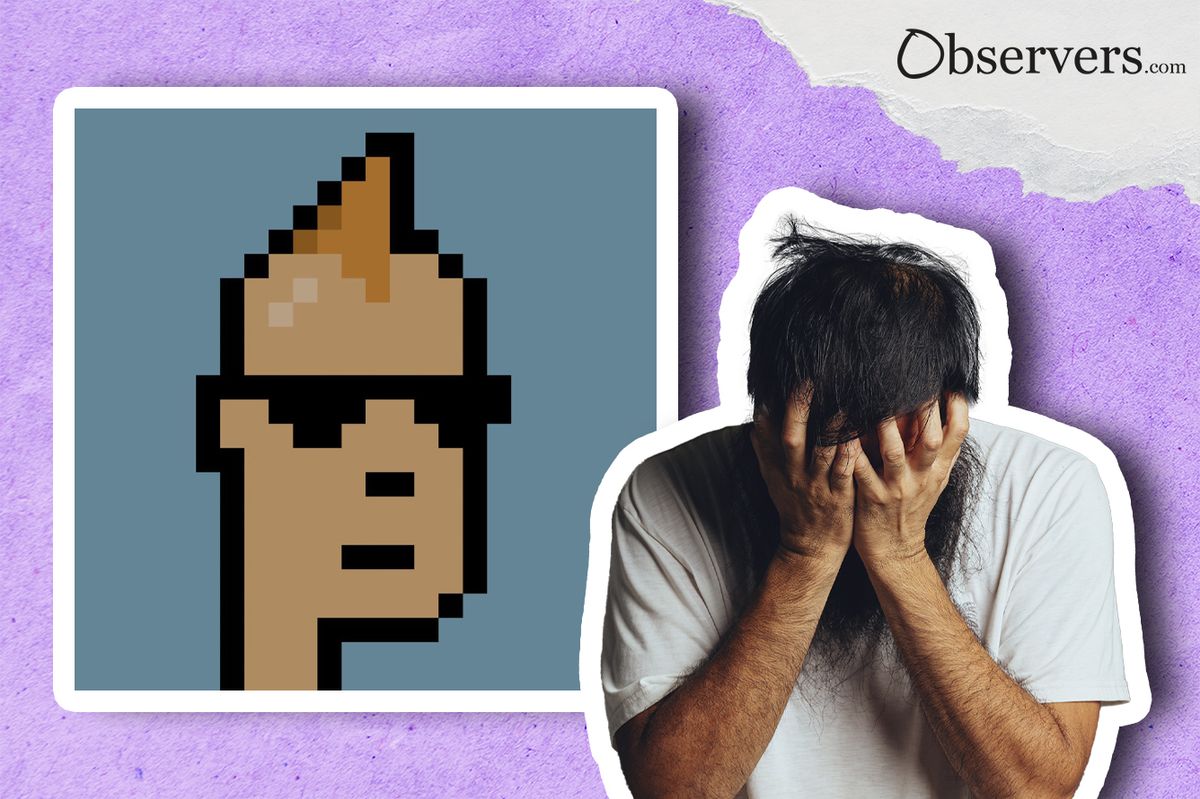
On March 25, Brandon Riley tweeted that he accidentally destroyed his CryptoPunk #685, an NFT he had purchased weeks earlier for 77 ETH, which was worth about $129,437 at the time, according to Etherscan.
Wrapping is a process that allows NFTs to be traded on Ethereum marketplaces such as OpenSea or Rarible, and while Brandon Riley was following a step-by-step guide on how to complete the transaction, he accidentally sent his NFT to a burn address. Narrating the story on Twitter, Riley said that the accident caused him to lose a third of his net worth in a single transaction. A private key is a password used to access the funds held inside a digital wallet and a burn address is a virtual wallet that doesn’t have a private key, so no one can access it. Such wallets usually used to permanently destroy NFTs, often to create scarcity and to potentially cause the price of similar NFTs to rise.
Riley’s situation thrown up issues that many face in the digital assets industry due to the often complex and irreversible nature of transactions. And because there are no financial intermediaries involved, there’s nothing Riley can do to get his lost CryptoPunk back. His problem is one which early Bitcoin adopters struggled with, most famously James Howells, who threw away a hard drive containing keys to a Bitcoin wallet containing some $200 million worth (at current prices).
After the accident a Twitter user named NFToga pointed out that the guide used by Riley has since been updated, including language that specifically warns people not to send CryptoPunks to wallets formatted as burn addresses.
— NFToga (@NFToga) March 26, 2023
On Twitter, Riley has since asked Yuga Labs, if he could buy an earlier version of his CryptoPunk #685. And although he won’t ever be able to access his original NFT, Riley’s Cryptopunk has now been “resurrected” as a Bitcoin Ordinal, a digital asset that lives on the Bitcoin blockchain, he said on Twitter.
The NFT market is unstable enough already with burns like this one happening very often, so please be careful with your assets. Always thoroughly research and review any software program you use to store or transfer your digital funds or collectibles. Using a password manager can be helpful for remembering the multiple complex passwords used to access your digital wallet. And using two-factor authentication can add an extra layer of security by requiring a second method of verifying your identity. Keep your assets safe, and we continue to observe.

